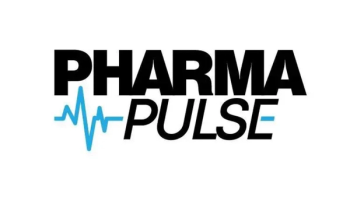
- Pharmaceutical Commerce - July/August 2012
Social media sites are stuck on a plateau among physicians
Latest Manhattan Research market study finds little growth in social media usage; also, the rise of the 'three screen' physician
Manhattan Research (New York), which has carved out a proprietary space in use of digital media by healthcare providers, released its 2012 Taking the Pulse survey in May; for the first time, the surveying company did all its work online, with no telephone queries, “due to the near ubiquitous online access among US physicians.”
Highlights of the survey are: the meteoric rise of the interactive tablet (primarily, the Apple iPad), now owned or used for professional purposes by 62% of physicians; and a surprising flattening of interest in social media sites for clinical consulting (common among only 7% of physicians), while traditional telephone interactions or face-to-face meetings are the medium of engagement for 81% and 64% of physicians, respectively. Manhattan Research concludes that for social media channels, there is a “low value proposition” and “privacy concerns [are] still a barrier,” according to Monique Levy, VP of research for the company.
Along with the growth of tablet usage, the “three screen” physician is now common: making use of a desktop/laptop; a smartphone; or a tablet. Somewhat surprisingly, one device does not cannibalize another; the more screens physicians use, the more time they spend online.
JOURNALS, COLLEAGUES ARE THE LEADING INFLUENCES ON CLINICAL DECISIONS. credit: Manhattan Research
Information influence
Manhattan Research also polled respondents broadly about their informational influences on clinical decisions (see Figure). As can be expected, peer interactions with colleagues (mostly offline) is the dominant source, both in frequency and in influence. But professional journals (online or offline) are quite high. Pharma reps are strong in reach, but less so in influence. Continuing medical education (CME) and conferences (online and offline) are average influencers, with CME providing more reach.
Within the subset of online learning, Manhattan Research finds that physicians are avid users of online video, especially for CME, online lectures, and disease or condition information. The top destinations for accessing professional videos are WebMD Professional Network, YouTube, QuantiaMD, pharma industry sites, and professional associations.
Taking the Pulse is one part of a comprehensive polling and analytical service from the company; the data are subdivided by physician specialties, and by hardware platforms. Other surveys look at therapeutic segmentations, consumer activities and geographic variations.
Articles in this issue
over 13 years ago
People on the Move-July/Augustover 13 years ago
2012 PDMA Sharing Conference previewover 13 years ago
The clear and present danger of counterfeit drugsover 13 years ago
More than just apps: how the cloud helps meet operational goalsNewsletter
Stay ahead in the life sciences industry with Pharmaceutical Commerce, the latest news, trends, and strategies in drug distribution, commercialization, and market access.





